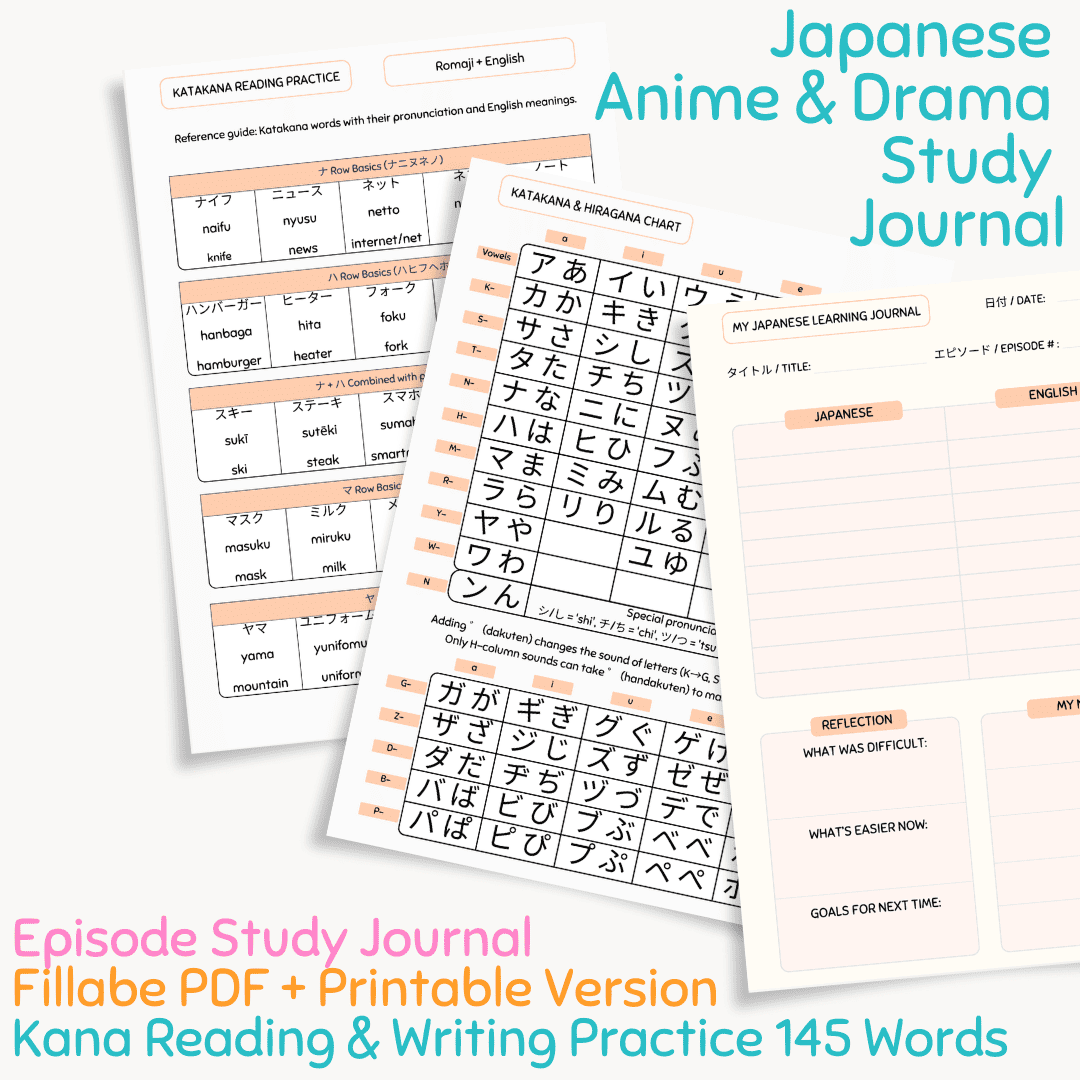

When starting to learn Japanese, many beginners rely heavily on romaji, the Romanized representation of Japanese words. While romaji can be a helpful tool for absolute beginners, it quickly becomes a crutch that slows down your progress. If you’re serious about learning Japanese, it’s essential to transition away from romaji as soon as possible and focus on hiragana, katakana, and kanji. Here’s why.
Japanese is written using a combination of hiragana, katakana, and kanji. By relying on romaji, you’re avoiding the very foundation of the language. This means:
To truly engage with the language, you must become comfortable with its native scripts.
Romaji often fails to represent Japanese pronunciation accurately. For example:
By learning kana early on, you will develop a much better grasp of proper pronunciation.
Outside of beginner textbooks and a few signboards in tourist areas, romaji is rarely used in Japan. Native speakers do not write in romaji, and you won’t see romaji in everyday life. If your goal is to speak, read, or write Japanese fluently, you need to immerse yourself in the real writing systems.
If you’ve been relying on romaji, don’t worry! Here are some steps to shift towards kana and kanji effectively:
Start by mastering hiragana and katakana. These phonetic alphabets will help you read and write basic Japanese words. You can use:
Instead of using romaji to read words, practice reading kana in real context. For example:
While kanji can seem intimidating, start with common beginner kanji and pair them with furigana (small kana above kanji) to help with reading. Learning kanji early will prevent dependency on romaji.
Some beginner materials rely too much on romaji. Choose resources that use kana and kanji instead, such as:
Romaji might seem like an easy entry into learning Japanese, but relying on it will ultimately hold you back. By focusing on hiragana, katakana, and kanji from the beginning, you’ll develop stronger reading, writing, and pronunciation skills. If you want to immerse yourself in Japanese, start using its real writing system today!
Improve by watching your favourite Shows!
